1. Forcing Them Into Uncomfortable Situations
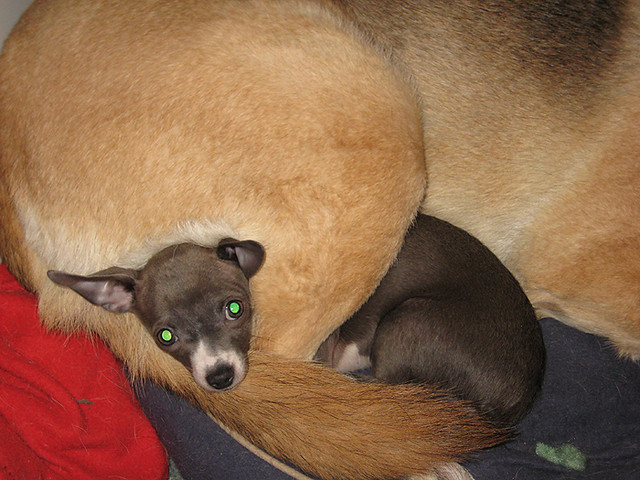
Flickr
Whether it’s dressing them up in costumes or forcing them into a car ride they’re not comfortable with, dogs hate being put in situations they can’t escape from. They may tolerate some level of discomfort, but when it becomes too much, they might become anxious or even snap. It’s important to respect their boundaries and gradually desensitize them to new experiences. Never force them into a situation they visibly dislike.
2. Loud Noises
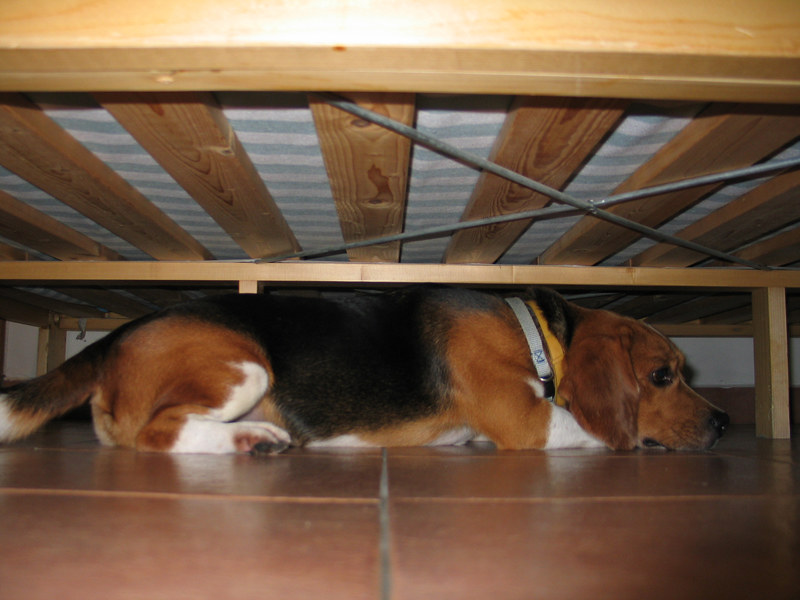
Flickr
Dogs have much more sensitive hearing than humans, so loud noises—whether it’s a thunderstorm, fireworks, or even your blaring music—can be incredibly stressful for them. Many dogs have a fear of loud sounds, leading them to shake, hide, or act out. When you blast music or yell during a heated argument, your dog may feel anxious and frightened. Try to keep noise levels down and create a quiet, safe space for your dog during storms or other stressful events.
3. Leaving Them Alone for Too Long
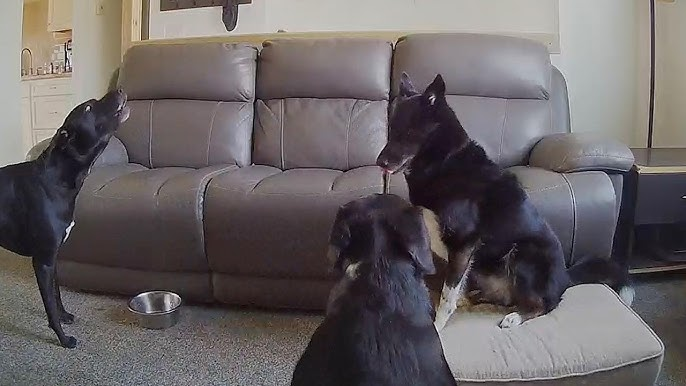
YouTube
Dogs are social animals that thrive on companionship and routine. If you leave them alone for long periods, they can experience separation anxiety. This leads to destructive behaviors, excessive barking, and even depression. Dogs hate being left behind, and they can’t understand why you’re gone. To help, try leaving them with a toy or puzzle to keep them occupied, and gradually train them to tolerate alone time without stressing out.
4. Hugging Them Too Tight
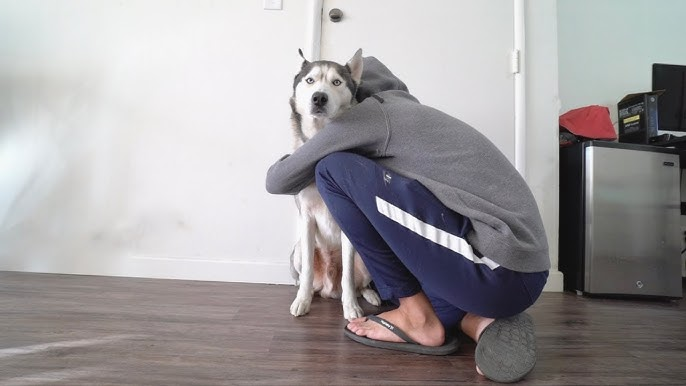
YouTube
While it’s natural for humans to express affection through hugs, dogs aren’t always on the same page. Many dogs feel uncomfortable when they’re hugged too tightly or restrained. In the wild, dogs use body language to communicate, and a tight hug can feel like a threat to their personal space. If your dog squirms or tries to get away, it’s not that they don’t love you; it’s just their way of saying, “I need my space.” Instead, try petting them gently or allowing them to come to you for cuddles.
5. Shouting at Them
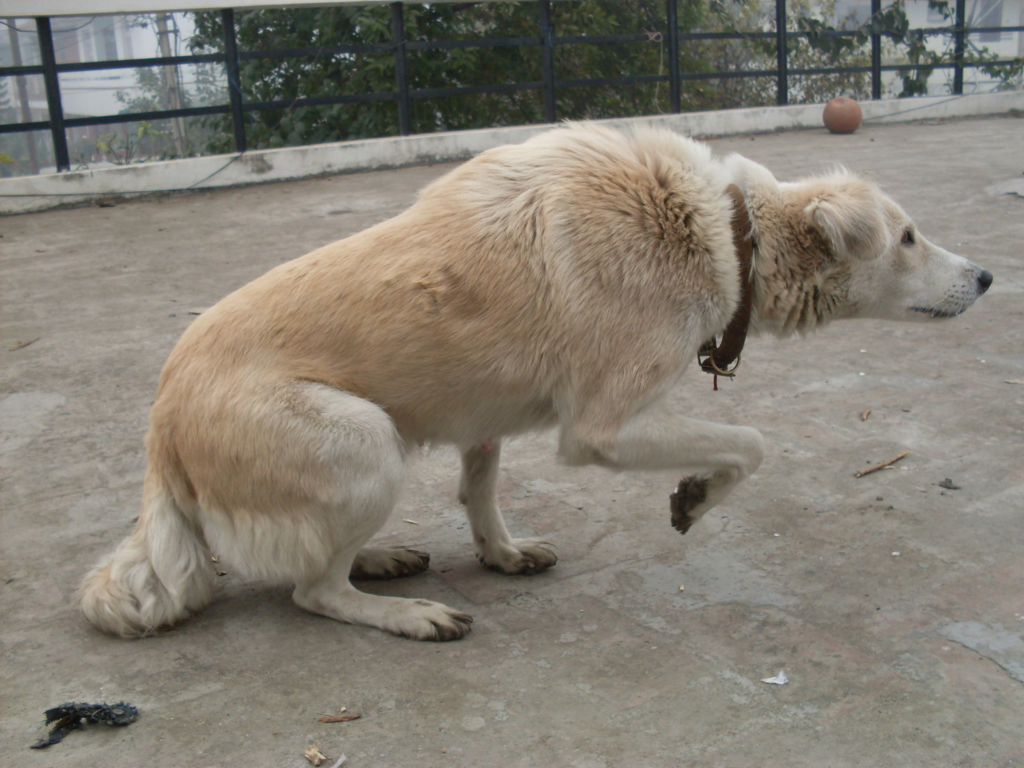
Wikimedia Commons
Dogs are incredibly sensitive to the tone of your voice. Yelling at them can cause confusion, fear, and anxiety. While they may understand certain commands, they don’t grasp the nuances of anger. When you shout, your dog might not understand why you’re upset, and they can feel distressed. Instead, use calm, consistent commands and positive reinforcement to correct their behavior. Training with patience and understanding will get better results than raising your voice.
6. Interrupting Their Sleep

Flickr
Dogs need a lot of rest to stay healthy and happy. Interrupting their sleep or waking them up suddenly can cause stress and irritability. When your dog is sleeping, respect their downtime just as you would your own. If they’re napping and you want attention, gently wake them or wait until they naturally come to you. Disturbing their sleep can also lead to behavioral issues, as they’ll be more prone to mood swings.
7. Not Giving Them Enough Exercise

iStock
Dogs, especially active breeds, need plenty of exercise to stay healthy, both physically and mentally. When humans don’t provide enough exercise, dogs can become bored, restless, and even destructive. Chewing on furniture, excessive barking, and hyperactive behavior can be signs that your dog isn’t getting the physical activity they need. Make sure to take your dog on regular walks, play fetch, or engage in other activities that keep them active and entertained.
8. Unpredictable Routines

Freerange Stock
Dogs are creatures of habit, and they thrive on routine. If your daily schedule is unpredictable—such as varying feeding times, inconsistent walks, or random changes in bedtime—it can cause confusion and stress for your dog. They may start to feel anxious or unsure of what’s coming next. Establishing a regular routine for meals, walks, and playtime helps create a sense of security for your dog, which reduces stress and promotes happiness.
9. Ignoring Their Personal Space
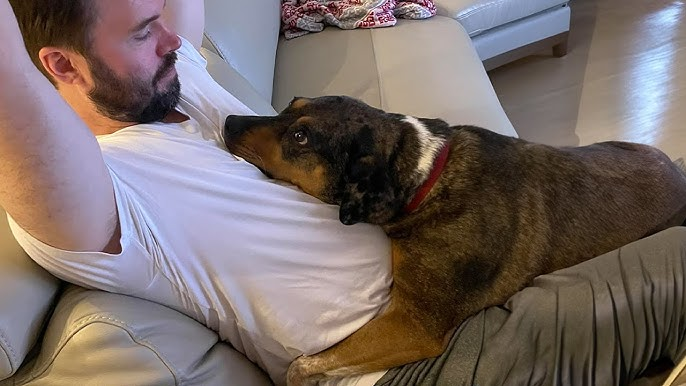
YouTube
Just like humans, dogs need personal space. If you constantly crowd them, invade their sleeping area, or force them to interact when they don’t want to, it can lead to discomfort and frustration. Every dog has different boundaries, so it’s important to learn to recognize when your dog wants space. If they move away, lay down, or give you subtle signals like averted eyes or growls, it’s time to give them some breathing room.
10. Using Harsh Punishment
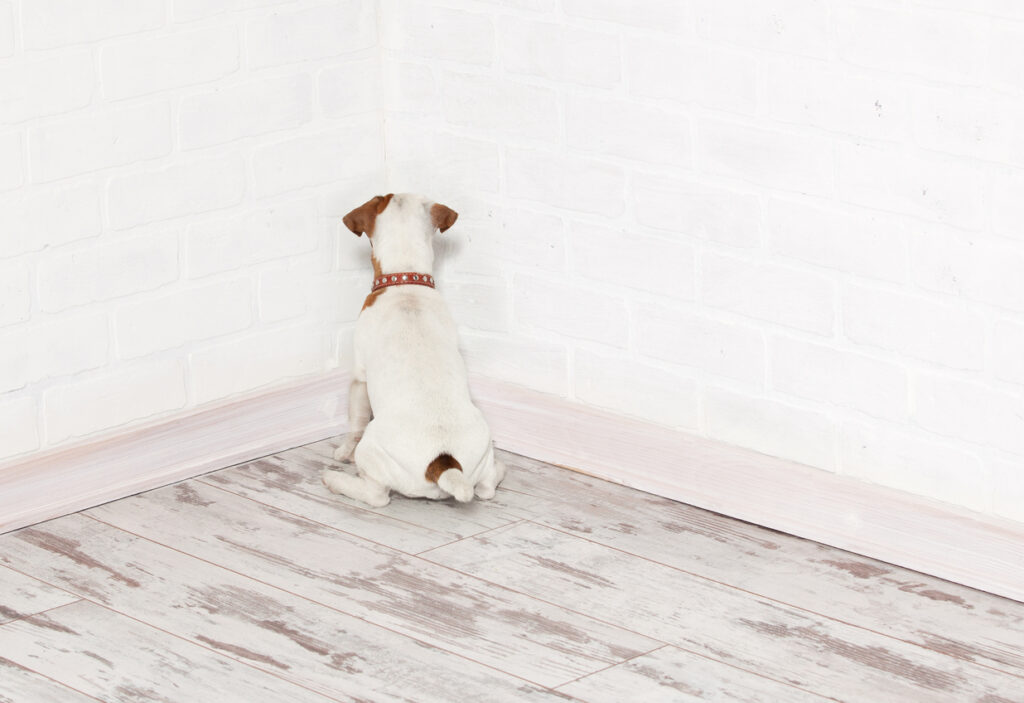
iStock
Dogs learn best through positive reinforcement rather than punishment. When humans use harsh punishment—whether it’s hitting, scolding, or other negative methods—it can confuse your dog and damage the bond you share. Dogs respond better to rewards and praise for good behavior, and this creates a stronger, more positive relationship. Instead of punishing, focus on teaching your dog what to do right, using praise and treats to reinforce good behavior.
11. Feeding Them Human Food

YouTube
While it may seem like a nice treat, feeding your dog human food can lead to unhealthy eating habits and potential health problems. Many human foods—especially those rich in sugar, fat, or spice—can upset your dog’s stomach or even be toxic. Dogs hate having to wait for their food, especially if they’re tempted by smells, but it’s important to stick to a healthy diet specifically designed for them. The occasional dog-safe treat is fine, but human food should be off-limits.
12. Not Socializing Them Properly
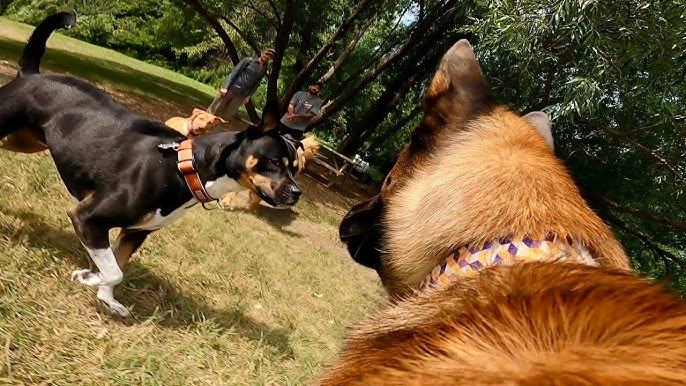
YouTube
Proper socialization is key to raising a well-adjusted dog. If you isolate them from other dogs or people, they may develop anxiety, fear, or aggression when they encounter new situations. Dogs hate being put in unfamiliar environments without the proper socialization, and it can lead to fearful or aggressive behaviors. Gradually introduce your dog to new people, pets, and environments to build their confidence and help them feel more secure in the world.
13. Neglecting Regular Vet Visits
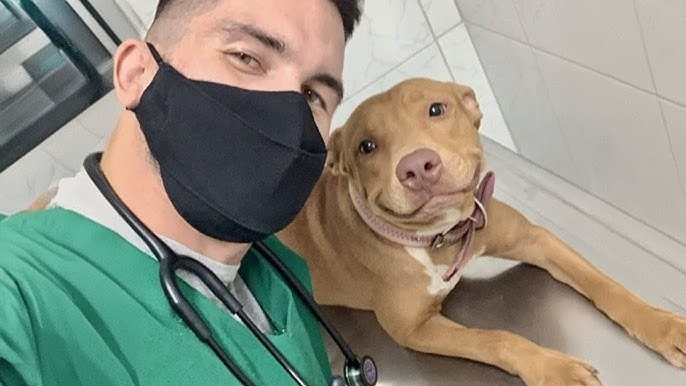
YouTube
Many dogs hate going to the vet, but that doesn’t mean it’s something they can skip. Regular veterinary check-ups are essential for your dog’s health, preventing illnesses, and catching potential problems early. Neglecting vet visits can lead to undiagnosed conditions that could cause pain or discomfort. If your dog is particularly fearful of the vet, try to make trips positive with treats and praise. Regular check-ups help ensure your dog lives a long, healthy life.


